
🦶 Swollen Feet: A Sign You Shouldn’t Ignore — What Your Body Might Be Telling You

Have you ever:
-
Noticed your shoes feel tighter than usual?
-
Seen one foot or ankle puffier than the other?
-
Pressed your skin and left a dent that lingers?
You’re not imagining it.
Swollen feet or ankles — medically known as edema — are more than just a sign of a long day on your feet. While they’re often harmless, sudden or persistent swelling can be a silent signal from your heart, kidneys, veins, or lymphatic system.
Ignoring it could mean missing an early warning sign of a serious condition.
Let’s explore the common causes of foot swelling, when it’s normal, and when to see a doctor — so you can respond with awareness, not fear.
🧠 What Is Edema?
Edema is the buildup of fluid in the tissues — most commonly in the feet, ankles, and legs.
It can be:
-
Mild and temporary — after standing too long or during hot weather
-
Chronic or sudden — a clue that your body needs attention
🔍 Simple test: Press your finger into the swollen area. If it leaves a dent (called pitting edema), it’s likely fluid retention.
✅ Common & Harmless Causes
In many cases, swollen feet are nothing to worry about — especially if they go away with rest.
-
Prolonged standing or sitting
-
Heat or humidity
-
Salt-heavy meals
-
Hormonal changes (PMS, pregnancy, menopause)
-
Minor injury (sprained ankle, foot strain)
These usually improve with:
-
Elevating your legs
-
Moving around
-
Reducing salt intake
⚠️ When Swelling Could Signal a Health Problem
While occasional swelling is normal, certain patterns can point to underlying conditions — especially if swelling is:
-
Sudden
-
One-sided
-
Painful
-
Persistent
-
Accompanied by other symptoms
🚩 6 Serious Conditions Linked to Swollen Feet
1. Deep Vein Thrombosis (DVT)
-
A blood clot in a deep leg vein
-
Usually one leg with pain, redness, warmth
-
🚨 Medical emergency — risk of pulmonary embolism
2. Heart Failure
-
Heart can’t pump effectively → fluid backs up in legs
-
Swelling in both feet/ankles, worse at day’s end
-
Often with shortness of breath, fatigue, weight gain
3. Kidney Disease
-
Kidneys can’t remove fluid/sodium
-
Swelling in feet, hands, around eyes
-
May also have foamy urine, fatigue, high blood pressure
4. Liver Disease (Cirrhosis)
-
Liver fails to produce albumin → fluid leaks into tissues
-
Swelling in legs (edema) and abdomen (ascites)
-
Often with jaundice, easy bruising, fatigue
5. Chronic Venous Insufficiency
-
Weakened vein valves → blood pooling in legs
-
Worse with standing, improves with elevation
-
May also have varicose veins, skin changes
6. Lymphedema
-
Lymphatic blockage/damage (after surgery or infection)
-
Chronic, firm swelling (often one-sided)
-
Skin feels thick or tight
✅ What You Can Do at Home (For Mild Swelling)
-
Elevate your legs above heart level
-
Walk or move regularly
-
Wear compression socks
-
Reduce salt intake
-
Stay hydrated
-
Avoid tight shoes/socks
❗ Don’t ignore swelling that doesn’t improve in 2–3 days.
🚨 When to See a Doctor Immediately
Seek medical care if you have:
-
🦵 Sudden one-leg swelling (possible DVT)
-
😖 Shortness of breath or chest pain
-
⚖️ Unexplained rapid weight gain
-
💩 Swelling with foamy/dark urine
-
🌡️ Red, hot, painful swelling
Final Thoughts
Swollen feet aren’t always dangerous — but they’re never something to ignore completely.
Your body uses swelling as a signal — whether from salt, inactivity, or something more serious.
👉 Try simple fixes first.
👉 If it persists, worsens, or feels unusual — see a doctor.
True health isn’t about fear — it’s about listening to your body and knowing when to ask for help.
News in the same category


4 “Golden” Signs in Your Feet That Reveal Longevity: If You Have Them, You’re Likely to Live a Healthy Life

Chikungunya Disease: Causes, Symptoms, Diagnosis, Treatment, and Prevention

The Surprising Health Benefits of Chicken Feet

❗Avoid Cloves If You Have These Health Issues – What Doctors Rarely Warn You About

Why Your Legs Cramp At Night (And How to Fix It)

Discover the Hidden Treasure in Your Home: Kalanchoe and Its Medicinal Properties

7 Powerful Fruits That May Help Prevent and Fight Cancer
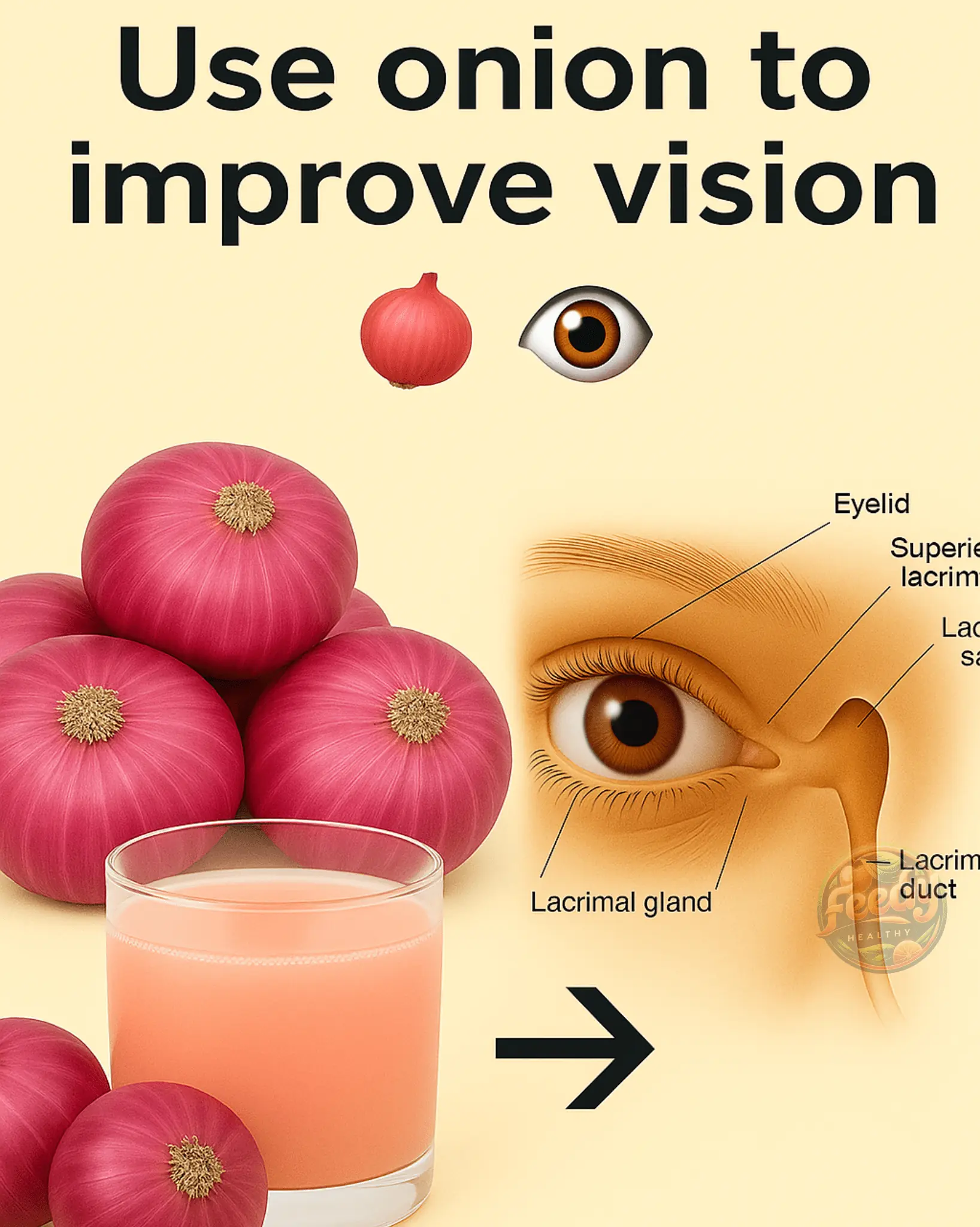
Can Onions Really Boost Your Vision?

See the Difference: 5 Natural Leaves That Promote Eye Health

Soursop and Broadleaf Oregano Tea 😱😱..see more

How to Identify Real Rice from Fake: A Practical Guide

3-Step Okra Skin Care: Get Rid of Wrinkles, Large Pores & Dark Spots

Garlic, Cloves, and Ginger Destroy Toxins and Fungi in the Body! 🌿✨ Grandma’s Golden Recipe Revealed

No Maid Survived a Day With the Billionaires Triplets, Until the Black Woman Arrived and Did What No One Could

Honey Garlic Salmon & Roasted Sweet Potato Bowl 🍯🐟🍠
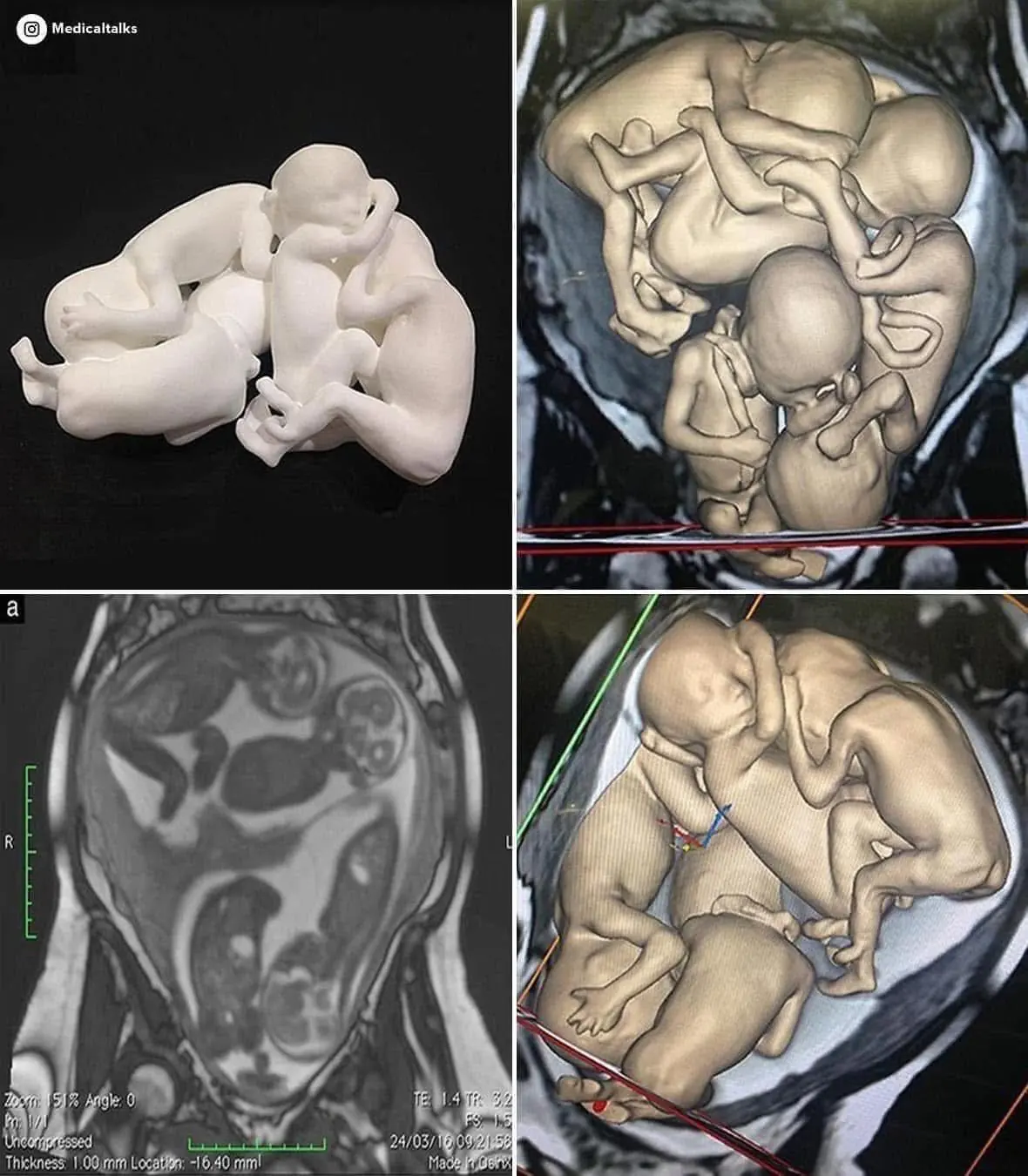
Multiple Pregnancy After IVF – The Miraculous Case of Quadruplets in France

Just 2 tablespoons… Eliminate all worms and parasites from your body.
News Post

Street Rescue Transforms Abandoned Dog Polly into a Vibrant, Happy Companion

From Fear to Joy: The Amazing Transformation of Vito the Miracle Dog

Woman’s heartache after tragic car crash kills husband and children

8 Clear Signs He Knows He Hurt You

Unlock the Hidden Power of Bananas: 5 Hair Mask Secrets for Jaw-Dropping Shine
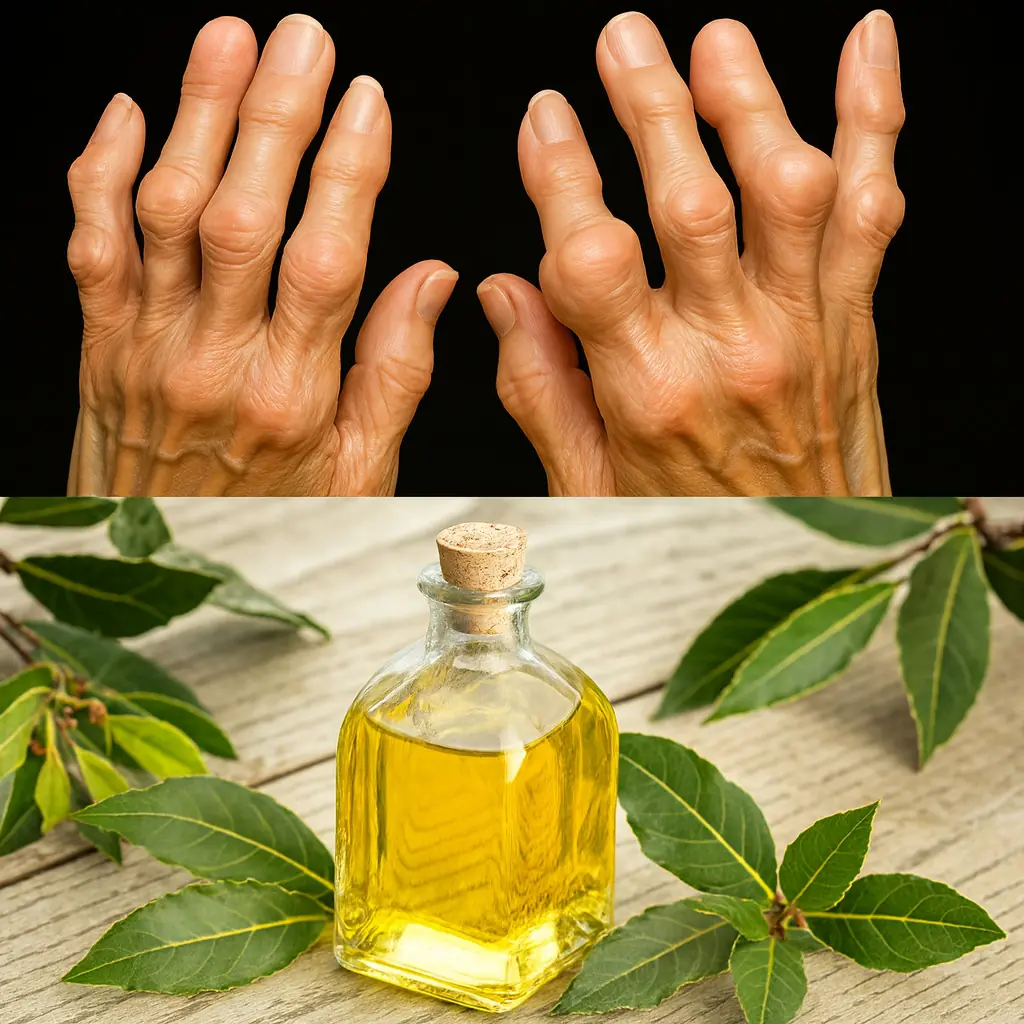
Discover the Hidden Magic of Bay Leaves: Transform Your Joint Health in Just One Week!

The Hidden Magic of Fig Leaves: Nature’s Unsung Hero
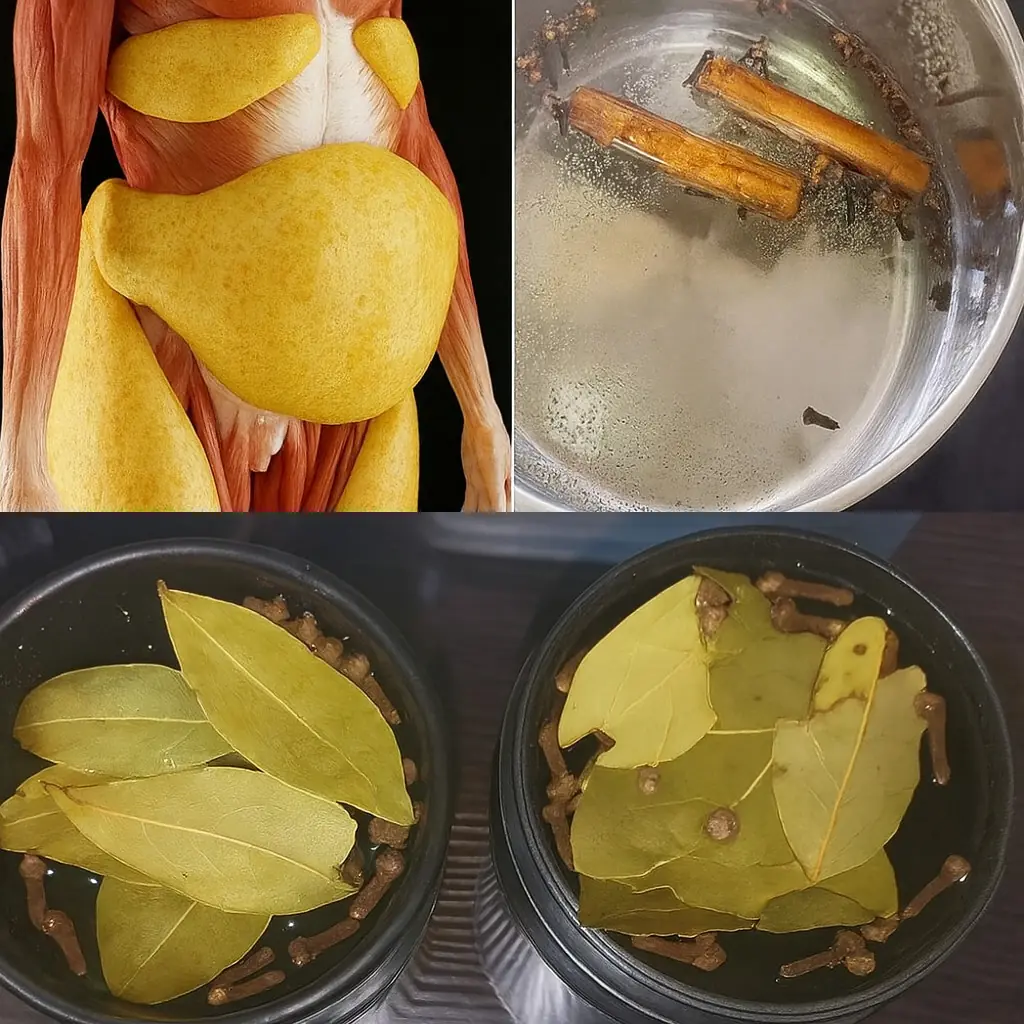
Unlock the Magic of Cinnamon Tea: Your Daily Ritual for Calm and Wellness 🌿

Discover the Secret Superfood: 7 Astonishing Health Benefits of Banana Blossoms You Can’t Ignore

After 17 Minutes of Clinical Death, Woman Wakes Up and Says: “The Afterlife” Is Not What People Describe

🚩 19 Possible Signs of Cancer: When to See a Doctor

Apparently, Our Dogs Cry When We Come Home, Study Suggests
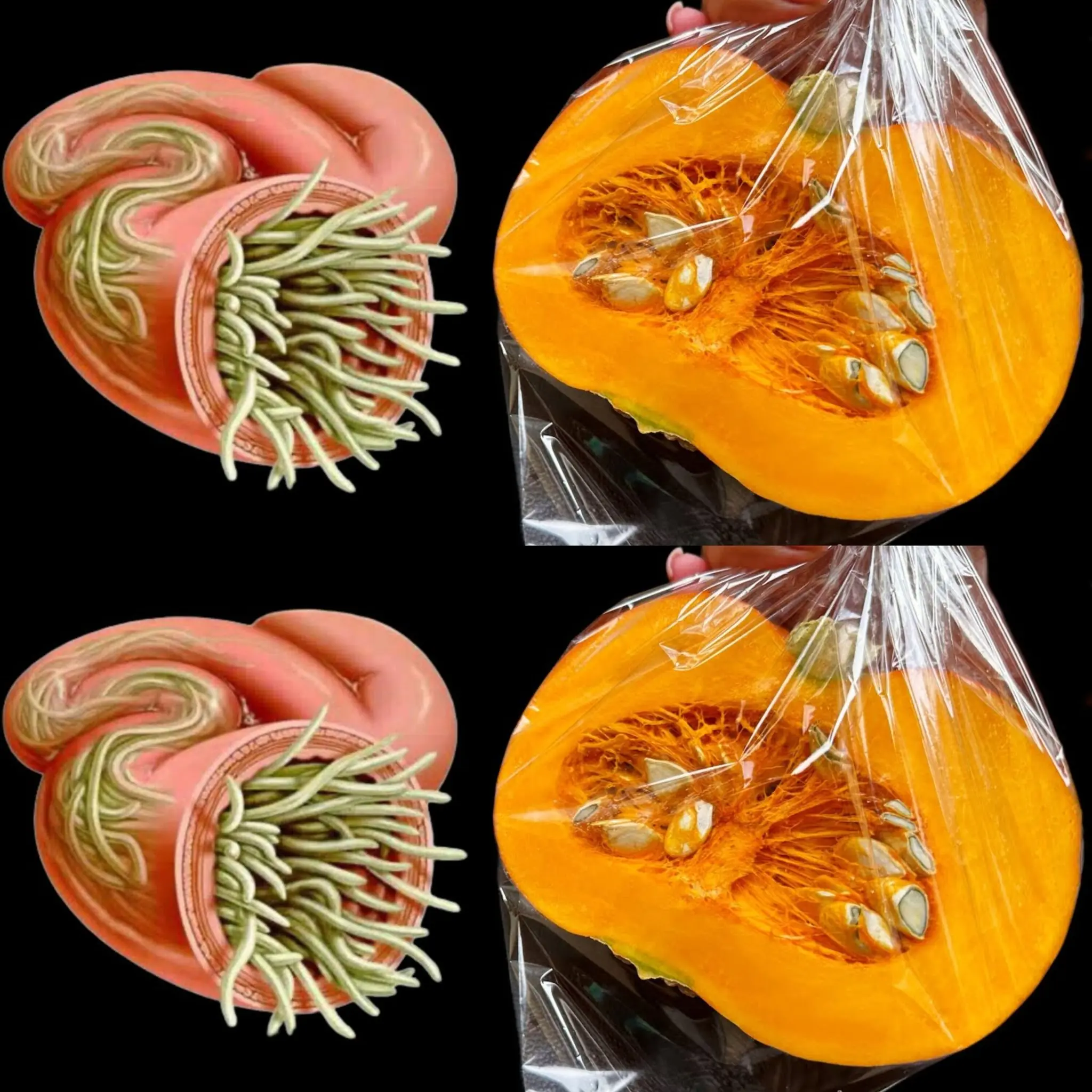
How My Grandmother Drove Out Parasites and Worms Naturally

Drink Carrot and Beetroot Juice for Surprising Benefits
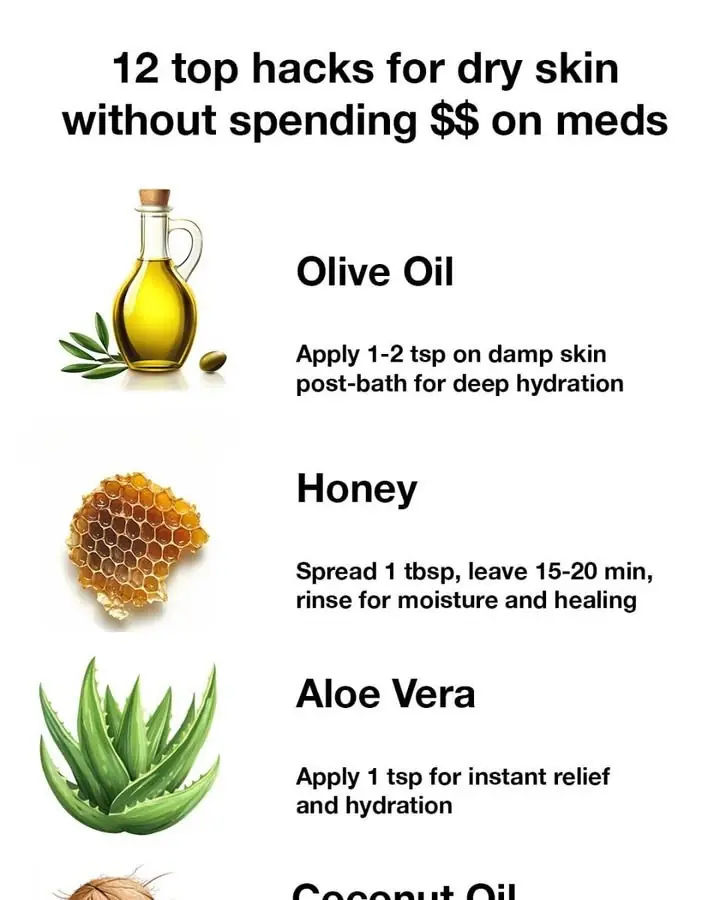
12 Top Hacks for Dry Skin Without Spending Money on Medications

The Powerful Combination: Bitter Kola + Garlic + Ginger + Honey

Greek Chicken Gyros with Cucumber Tzatziki

20 Top Lemon Remedies for Health and Wellness
